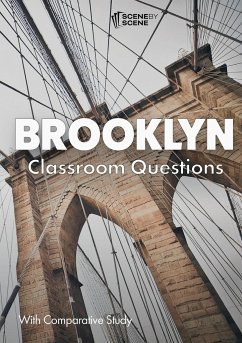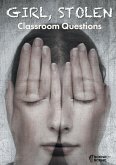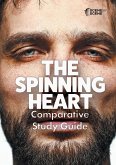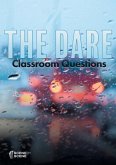A 162 page companion guide to Brooklyn for Comparative Study. For use in the classroom or for focussed independent study. Section 1 The film is divided into 5 parts. Outline summary for each part. Notes and Questions on each mode for each part. Modes include: Cultural Context/Social Setting, Literary Genre, General Vision and Viewpoint, Relationships and Hero/Heroine/Villain. Section 2 Notes looking at each mode as a whole across the entire text. Accompanying questions for each mode. Section 3 Comparing your texts: Questions on each mode to compare Brooklyn and your other chosen Comparative Study texts. This book is a companion guide for the Comparative Study of 'Brooklyn', directed by John Crowley. Ideally it accompanies a second, detailed viewing and study of the film. For the purposes of classroom study, I have divided the film into five parts. Each part contains an outline summary, a brief note on Cultural Context/Social Setting, Literary Genre, General Vision and Viewpoint, Relationships and Hero/Heroine/Villain, and a set of questions on Cultural Context/Social Setting, Literary Genre, General Vision and Viewpoint, Relationships and Hero/Heroine/Villain. The brief note is intended as a starting point for students, to provide something concrete for each mode that can be developed and built on by exploring the relevant mode-based questions for each part. Towards the back of the book, there are short notes looking at each mode as a whole, across the entire film, and accompanying questions (please note, there may be some similarity with earlier questions to draw attention to key ideas). Lastly, there is a section of questions on each mode, designed to prompt comparisons between 'Brooklyn' and other Comparative Study texts.








